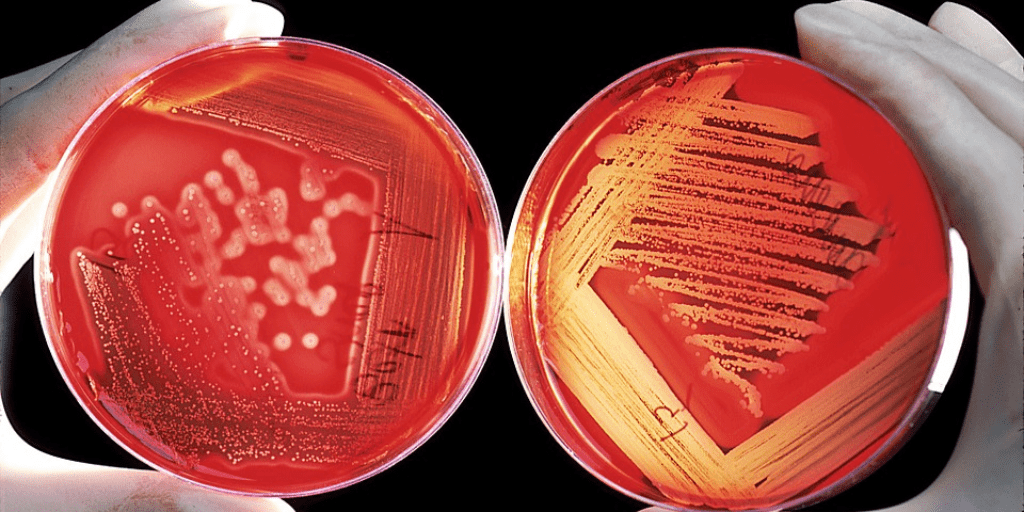
Hypochlorous acid (HOCl) is the perfect weapon to fight germs. It hits hard against pathogens like Methicillin-Resistant Staphylococcus Aureus and Pseudomonas Aeroginosa. Yet this powerful weapon is 100 percent safe for humans, chemical free, non-toxic and all-natural. That’s an impressive combination. It has been used in the medical field for over a century. Before antibiotics were available, HOCl was used to irrigate and disinfect wounds in World War I. It is now used in everyday settings including daycare centers, hospitals, and even produce sections in grocery stores.
HOCl is a weak acid that occurs naturally in our body. Neutrophils are white blood cells that are the first to arrive on site when an invading pathogen is detected. Neutrophils will chase down and engulf the pathogen through phagocytosis. Upon contact, neutrophils release a burst of bactericidal chemicals including its most powerful oxidizing agent, HOCl. This kills the pathogen by tearing down the cell membranes and proteins.
As you are aware, we have other strong disinfectant agents at our disposal. Bleach is widely used in hospitals and medical practices and shares the same chlorine family as HOCl. Research shows that they both kill bacteria, fungus, spores, and viruses. Yet bleach is highly irritating to the eyes, skin, and lungs—and inhalation over long periods could be carcinogenic. In contrast, HOCl has a temporary and mild chlorine smell that dissipates quickly, it is non-irritating, and it does not have poisonous side effects.
Alcohol is a popular disinfectant to use in clinic for wiping down instruments, furniture, and is a key ingredient in hand sanitizers. Ethyl alcohol (70%) is considered more effective compared to isopropyl alcohol. Both are bactericidal, fungicidal, and viricidal but are not effective against bacterial spores.3
Hand sanitizers with alcohol are used daily in many medical offices, but over time repeated use may lead to hand dermatitis. I became allergic to hand sanitizers after using it for many months in clinic. It was extremely irritating and embarrassing to have a rash on my hands. After discontinuing hand sanitizers and using latex free gloves, it still took months for my hand dermatitis to resolve. In one study, the prevalence of contact dermatitis related to hand hygiene ranged from 25 to 55 percent. Fortunately, HOCl acid can also be used in place of hand sanitizer with no irritating side effects. Moreover, punch HOCL delivers to pathogens is more powerful than the one delivered by alcohol.
Manufucturing HOCl
If hypochlorous acid is such a powerful weapon against germs, why isn’t it more widely used? There are a couple of reasons, one being the cost to manufacturers. HOCl was very cost prohibitive until recently. Also, HOCl is stable for only a very short time before it became saltwater. Technology has corrected this problem over the years and now, HOCl can remain stable for years and it is less costly to create.


